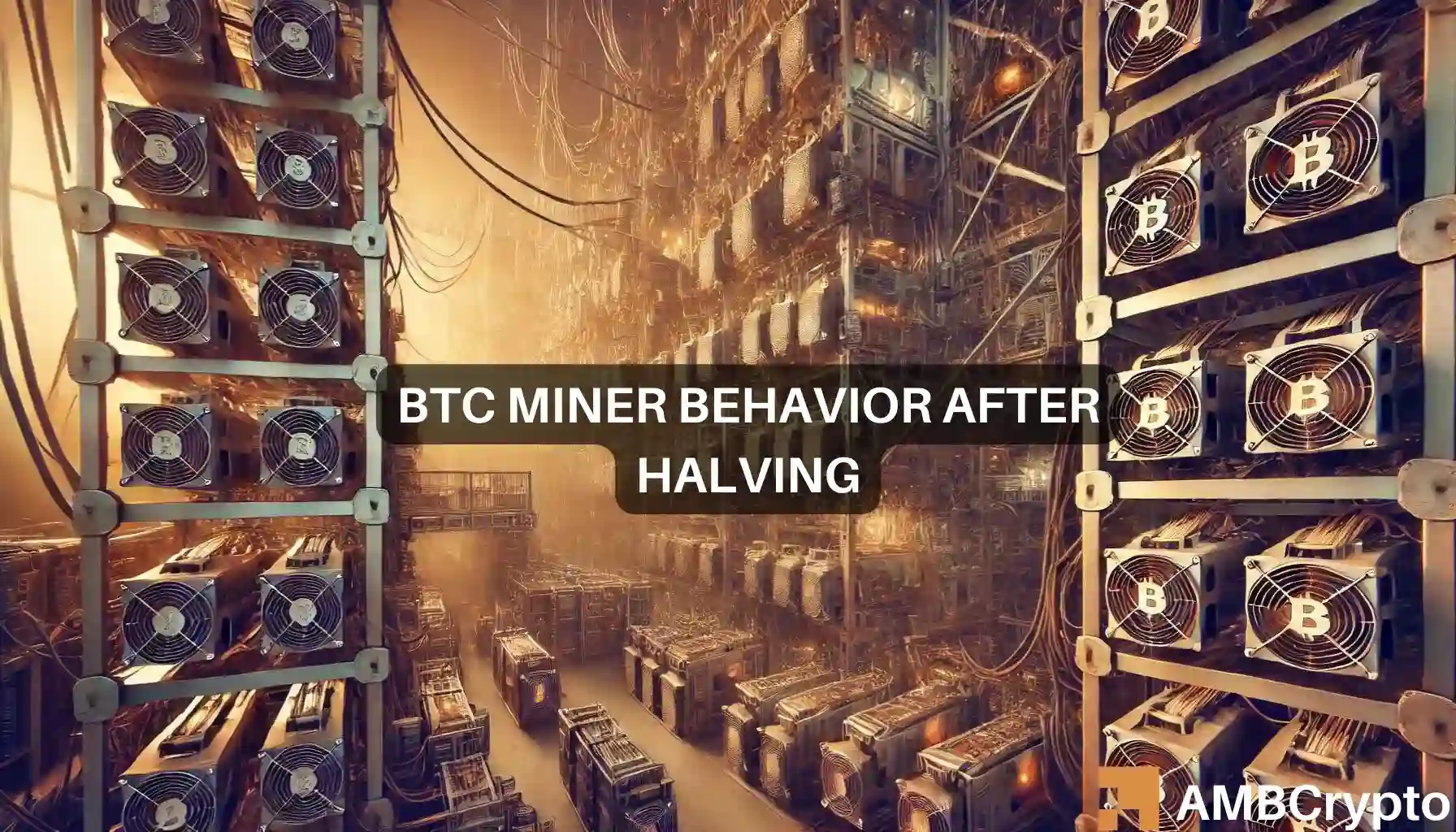Bitcoin Miners Face Record Low Reserves Amid Declining Transaction Fees and Dropping Interest in Runes
- Bitcoin miners have dramatically decreased their holdings this year, resulting in significantly lower total reserves.
- Initially, Ordinals had driven miner revenues up thanks to high transaction fees, but this trend has reversed due to dropping interest and profits.
- Recent data indicates that miners are now selling off assets, influenced by a substantial decline in transaction fees.
Discover why Bitcoin miners are reducing their reserves and how it affects the crypto landscape. Learn actionable insights to navigate these changes.
Why Are Transactions Declining?
An examination of Dune Analytics data shows a steep drop in the number of transactions on the Bitcoin network. From June 22 to 28, the daily average transaction count fell to 37,820, a drastic reduction from the 331,040 daily average seen at the start of June. This 90% decrease illustrates a significant waning interest. Reports show that on June 24, the network recorded only 23,238 transactions, the lowest since April 20. Last week’s transactions constituted a mere 4.9% to 11.1% of total Bitcoin activities.
What Is the Impact on Bitcoin Runes?
The reduced attention to the Runes protocol has deeply affected Bitcoin’s dynamics. Over the past six days, Runes contributions to miner fees plummeted to less than 2 BTC, a sharp decline from the 884 BTC recorded on April 24. This reflects a broader downturn affecting Runes, Ordinals inscriptions, and BRC-20 tokens alike.
Runes, launched on April 20 by Casey Rodarmor, was expected to spark the same enthusiasm as last year’s BRC-20. Nevertheless, the overall bearish market sentiment seems to have overshadowed its initial promise. Designed to offer a more efficient method for token creation on the Bitcoin network than its predecessors, Runes has yet to meet these expectations fully.
Actionable Insights for Stakeholders
- Closely monitor trends in transaction fees to predict future miner revenue opportunities.
- Explore different revenue streams for miners to sustain profitability amidst declining reserves.
- Consider the effects of prevailing market sentiment on the adoption and success of new protocols.
- Keep an eye on miner reserve levels as they can signal broader market trends and shifts.
The combined decline in mining difficulty and transaction fees underlines a challenging environment for Bitcoin miners. Currently, miner reserves stand at 1.9 million, marking a 14-year low—a stark contrast to the accumulation trend observed back in 2014. This historic low signals significant obstacles for miners in the current market.
Conclusion
In summary, the reduction in Bitcoin transactions and miner reserves highlights key challenges ahead. Miners and stakeholders must pay close attention to fee trends and market sentiment to adapt successfully. Watching these indicators can help navigate and mitigate risks in an increasingly volatile market, providing potential pathways to sustained profitability.




